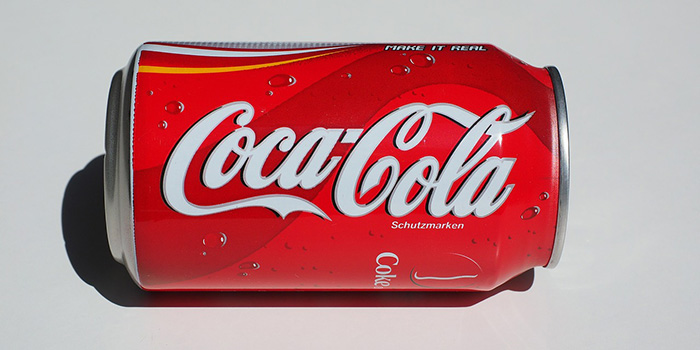The United States transitioned from an agricultural society to an industrial society during the period known as the Gilded Age. However, because challenges of the free-market economic system left most Americans overworked, tired, and anxious, demands for psychoactive medications and products that could help in relieving stress were high. Morphine and alcohol consumption became prevalent. The country became a nation of neurotics.
American pharmacist and owner of the Eagle Drug and Chemical House Dr. John Stith Pemberton concocted a nerve tonic beverage that could relieve stress and bodily pains in 1885 in Columbus, Georgia. He used several ingredients that included cocaine, which he derived from the coca plant, and another substance derived from the kola nut. A beverage called Coca-Cola was born. This name was suggested by his bookkeeper Frank Robinson.
Evolution of Coca-Cola from Stimulant to Soft Drink
The tonic beverage became a hit. Pemberton marketed his product as a non-alcoholic version of the French Wine Coca. Furthermore, aside from relieving stress and body pain, he claimed that it could cure diseases like morphine addiction, dyspepsia, headache, neurasthenia, and impotence.
Pemberton was the inventor of Coca-Cola. However, the emergence of the modern American multinational beverage company could be attributed to Asa Griggs Candler, a businessman based in Atlanta who believed that Coca-Cola had helped him get through chronic headaches.
Candler was already working to acquire the patent right to the Coca-Cola formula and trademark rights to the brand when Pemberton died in 1888. There were contentions over the right to use the “Coca-Cola” name from 1888 to 1891 because three separate businesses were selling the product on the market. Candler eventually secured these rights for USD 2300 and subsequently became the president of The Coca-Cola Company in 1892.
Note that Candler was an experienced salesperson. His leadership marked an aggressive business expansion aimed at marketing Coca-Cola in the greater American market. He was also responsible for introducing the slogan, “The Wonderful Nerve and Brain Tonic.” The introduction of portable glass bottles and its subsequent adoption by Candler in 1899 accelerated further the success of the product and the entire company. This new packaging made distributing and selling Coca-Cola easier.
The drink was gaining a stronghold in the American market during the later part of the 1890s and early 1900s, but it eventually suffered from imitation from competitors and criticisms for featuring cocaine in its formulation. The product and the company still prevailed. Candler and his business partner, Frank Robinson, worked to improve the formulation and branding of their flagship beverage. They spend USD 22,500 on ingredients and another USD 11,400 on marketing efforts.
Cocaine was gradually removed from Coca-Cola between 1903 and 1929. It began removing fresh coca leaves from its formula in 1903 and also began using coca leaves in 1904. Coca-Cola completely removed all cocaine from its formula. This came after the dangers of cocaine addiction became more widely understood. Increasing regulations on cocaine essentially made it more difficult for the company to obtain and use the drug.
The beverage was then positioned as a mainstream and non-medicinal drink to appeal to a broader audience. However, while it no longer contains cocaine, it still uses a coca leaf extract for flavoring. This extract is produced through a process that removes the cocaine but retains other compounds that contribute to the drink’s distinctive taste
Nevertheless, it is also worth noting that in 1919, banker Ernest Woodruff bought the company from USD 25 million. This began catapulting The Coca-Cola Company to true global prominence. His sons spent the next 60 years introducing the company further to the world and expanding it with more products and brands. Through its effective and consistent business and marketing strategies, The Coca-Company remains one of the largest food and beverage companies in the world.

